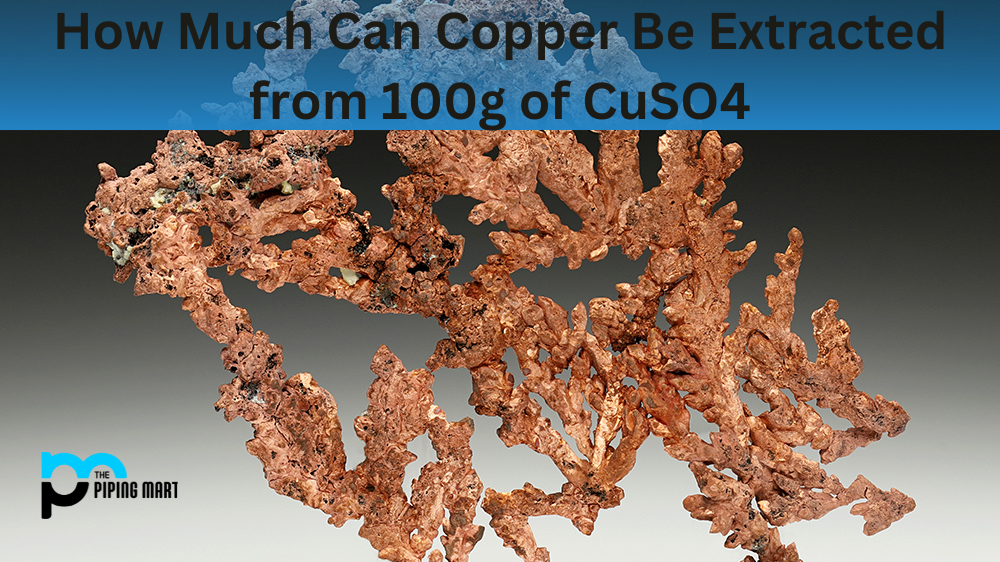Flanges provide an easy way to connect and disconnect components in different mechanical systems. In the oil and gas industries, these kinds of connections have become increasingly important for production purposes. Every job requires a secure connection that can handle extreme conditions, such as high-pressure fluctuations and vibrations from downhole drilling activity. Plus, flanges must maintain tight seals to prevent hazardous materials from escaping into the environment – something that is even more crucial when it comes to oil and gas production operations. With so many factors in play, it is essential to understand the types of flanges available on the market today as well as their various uses within different projects throughout this industry. So let’s explore how you can use flanges effectively, including safety tips for working with them!
Overview
A flange is a mechanism by which tubing, valves, pumps, and other machinery are linked to create a piping structure. It also makes washing, review or alteration easy to access. Typically, the flanges are welded or screwed. Flanged joints are designed to provide a bond by bolting two flanges together with a gasket between them. Pipe flanges are constructed of all kinds of materials, such as stainless steel, cast iron, copper, silver, bronze, rubber, etc., but the most commonly used type is carbon steel manufactured and machined surfaces. During the choosing of the pipe, the design of a flange is set, in most situations, a flange is of the same type as the plug.
The boom in private petrochemical entrants has put extreme pressure on the demand for pipe fitters. Ongoing production line projects growth requires a high degree of automotive pneumatic fittings and fluid parts. The use of fittings and flanges manufactured from a particular metal has become a common procedure in the industry. These fittings can be used in research laboratories, pilot plants and factories in addition to pipelines. As the compounds under analysis are highly corrosive, providing the right products for the laboratory poses a major challenge.
It is indeed fair to say that the vast network of pipelines used to carry different chemicals and liquids is the most important component of transportation in the developed world. There is another name for such pipelines that is “flow piping” that applies to the whole pipeline network that holds fluids such as air, steam, water, additives, gasoline, etc. within and around an industrial infrastructure that functions in the production of goods and services or power generation. The extreme temperatures of temperature and pressure will trigger the connection to leak. Hence the main requirement is to protect the joint adequately with fittings and flanges for corrosion and heat-resistant tubing.
The flange forms most used in the Petro and chemical industries are:
Weld-neck Flanges:
Such flanges are common, and are used with a tapered center in high-pressure environments. In normal bending conditions the Weld Neck flanges are particularly useful.
Slip-on flanges:
A flange slipping over the pipe, welded in and out to improve the pressure and avoid leakage. A preference among engineers as opposed to the weld-neck because of its lower cost.
Lap-joint Flanges:
Apart from the slip-on, these flanges are slid over the valve but not fastened, which is used in combination with the bottom of a lap joint stub. Instead, the flange is held in place by the pressure exerted by the flange friction over the back of the pipe’s chest towards the gasket.
Threaded Flanges:
If used in special circumstances, the threaded flange can be attached to the tubing without being welded. These are usually placed on deep-wall thickness tubes, used to create the inner string.
Blind Flanges:
Most flanges are made without a screw, and are used in pressure vessels to blank off pipe ends, doors, and openings. These are also best suited for high pressure activities.
Applications of Flanges
Pipe fittings used in the gas, oil, and petrochemical industries should be traceable, accurate, and made of high-quality steel or alloy. OEMs (Original Equipment Manufacturers) are constantly upgrading the equipment to raise their production across the vertical sector. The chemical plant needs special pipe fittings which can tolerate impacts of batch and continuous manufacturing, fluid movement, heat and mass transfer, etc. Since most processes are ongoing, changes need to be made as swiftly as possible. This not only minimizes the harm but also increases the risk of injuries.
Duplex and carbon steel are some of the most favored alloys used in pipe fittings and petrochemical flanges production. In addition to the consistency of the products, ingenuity plays a key role in ensuring productivity in pipe fitting. Fittings that are easy to install and reversible also make the right choice.

Pipingmart is B2B portal specializes in industrial, metal and piping products. Also, share latest information and news related to products, materials and different types grades to help business dealing in this industry.




